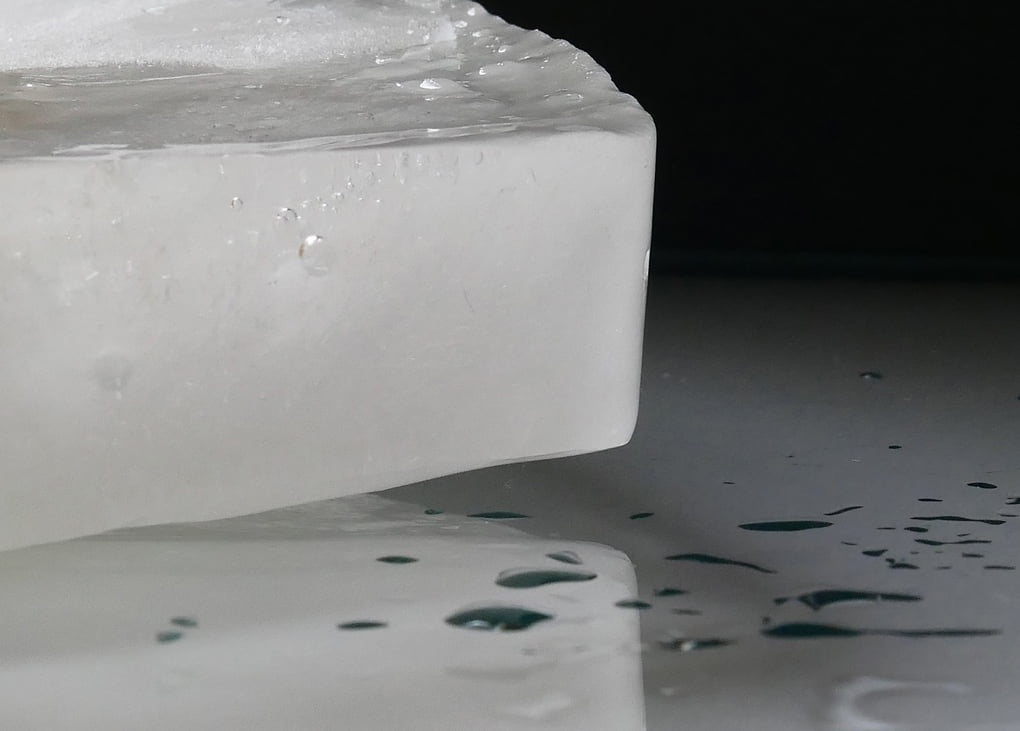Researchers at Virginia Tech, USA, have made a heat transfer discovery that expands on a phenomenon discovered more than two centuries ago and points to potential new uses for ice.
Associate Professor Jonathan Boreyko and graduate fellow Mojtaba Edalatpour worked together to expand on the Leidenfrost effect, named after the German doctor and theologian who wrote a paper on it in 1751.
Water is able to exist in three states: solid, liquid and gas. The Leidenfrost effect refers to the state vapour can achieve when heated to above 150°C. Boreyko explains that a water droplet deposited onto an aluminium plate heated to 150°C or above will no longer boil, and the vapour that forms when the droplet approaches the surface will become trapped beneath the droplet, creating a cushion that prevents the liquid from making direct contact with the surface. The trapped vapour causes the liquid to levitate and slide around.
Boreyko says the team wanted to address how ice would react in similar circumstances.
“It started as a curiosity project,” he says. “What drove our research was the question of whether or not it was possible to have a three-phase Leidenfrost effect with solid, liquid, and vapor.”
Another undergraduate student on Boreyko’s team made the discovery several years ago that ice required a much higher threshold to levitate. Edalatpour took over the project, and worked with Boreyko using different heat transfer methods to discover what was happening under the ice.
Edalatpour’s model revealed that the maintenance of this extreme temperature differential consumes most of the surface’s heat, making levitation more difficult for ice.
Boreyko explains that the temperature differential the ice is uniquely creating across the water layer changes what happens in the water itself, and most of the heat from the hot plate has to go across the water to maintain that extreme differential.
According to the researchers, the greater temperature needed to levitate ice is actually a good thing because it creates a better heat transfer result.
The possibilities caused the team to look at how this effect could be used practically in heat transfer. So far, they have identified potential use in metallurgy and at nuclear power plants. There is also a possibility it could be used in fire fighting.
Boreyko imagines this in the form of a hose that sprays ice chips instead of water.
“This is not science fiction,” he says. “I visited an aerospace company … and they already have this technology where a nozzle sprays out ice particles as opposed to water droplets.”
Boreyko and Edalatpour credit the discovery to their shared love of curiosity and creative research, and are excited about the potential contributions this discovery can add to the science world.
For more information about the project, click here.



Leave a Reply